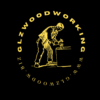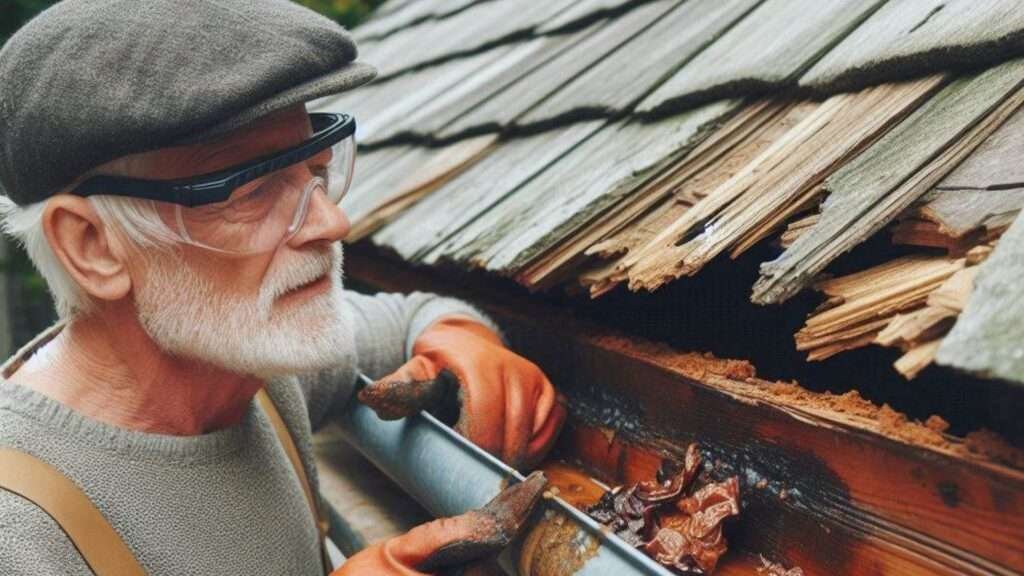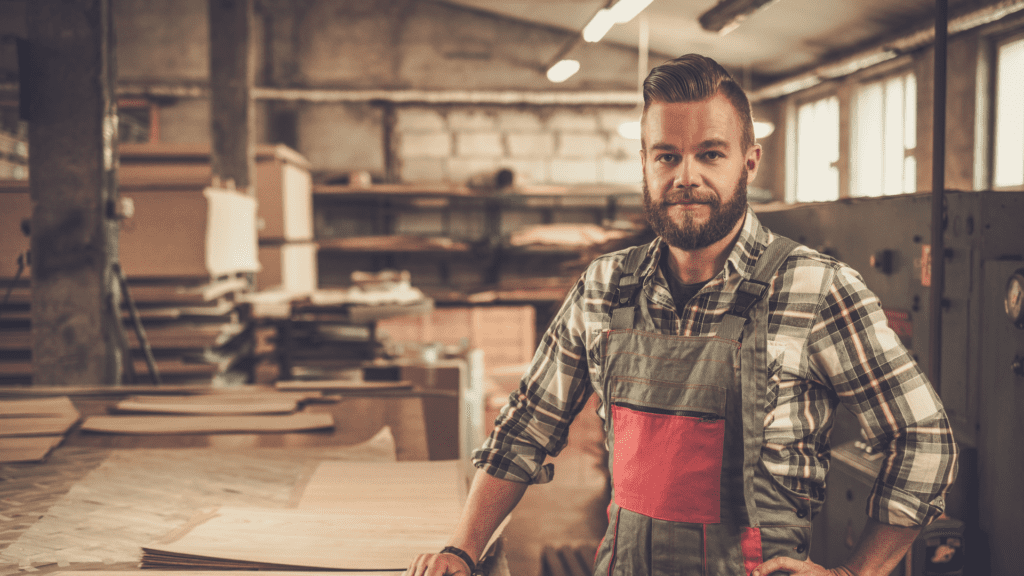Methods Of Enhancing The Exterior Of Your Home.
Enhancing your home’s exterior is a strategic approach to not
only elevate its aesthetic appeal but also to significantly increase its market
value.
The concept of curb appeal revolves around the first
impression your property makes on visitors and potential buyers.
A well-maintained and visually appealing exterior can set your
home apart in the real estate market, making it more attractive and desirable.
One of the most effective ways to transform your home’s
exterior is through various cladding and rendering techniques.
These methods can dramatically change the look and feel of your
property, providing a fresh, modern appearance or restoring its classic charm.
Cladding involves covering your home with materials such as
wood, brick, stone, or composite panels, offering both protection and aesthetic
enhancement.
Rendering, on the other hand, involves applying a coat of
plaster or cement to external walls, which can be finished in a variety of
textures and colors to suit your style.
This article will delve into six key methods to boost your
home’s curb appeal and value: updating your façade with modern cladding, adding
decorative elements, improving your landscaping, upgrading your front door,
enhancing lighting, and maintaining clean and well-kept surfaces.
Each method will be explored in detail, providing you with
practical insights and tips on how to implement these changes effectively.
Professional training and experience play a crucial role in
achieving high-quality results when it comes to exterior transformations.
Skilled professionals bring a level of expertise that ensures
the durability and longevity of the improvements, as well as adhering to safety
and building regulations.
Investing in professional services can thus be a wise
decision, guaranteeing that your home not only looks great but also stands the
test of time.
1)
Wood or Timber
Look Aluminum Cladding.
Wood-look
aluminum cladding is a modern exterior finishing option that
combines the aesthetic charm of natural wood with the robust durability of
aluminum.
This innovative material is designed to mimic the texture,
grain, and color of real wood, providing a visually appealing facade without
the drawbacks of traditional timber.
The process of achieving this look involves advanced coating
techniques that ensure a realistic appearance while retaining the structural
benefits of aluminum.
Preparation for installing wood or timber look aluminum
cladding involves several key steps.
Initially, the surface must be thoroughly cleaned to remove
dirt, debris, and any old coatings that might interfere with the new cladding’s
adhesion.
Accurate measurements are crucial to ensure a seamless fit,
requiring precise calculation and cutting of the aluminum panels.
Installation typically involves fixing the cladding to the
exterior walls using specialized brackets or screws, ensuring a secure and
durable attachment.
One of the primary advantages of wood or timber look aluminum
cladding is its low maintenance requirements.
Unlike natural wood, which necessitates regular staining,
sealing, and potential replacement due to rot or insect damage, aluminum
cladding is highly resistant to weather conditions and pests.
This means homeowners can enjoy the timeless beauty of wood
without the associated upkeep, saving both time and money in the long run.
Additionally, its weather-resistant properties ensure that the
cladding maintains its appearance and structural integrity through various
climatic conditions.
The aesthetic appeal of wood or timber look aluminum cladding
can significantly enhance the curb appeal of a home.
Its authentic wood-like appearance adds a touch of elegance
and sophistication, making the property stand out in the neighborhood.
This enhanced visual appeal can be a substantial factor in
increasing the home’s market value, as potential buyers often prioritize homes
that offer both beauty and practicality.
By investing in this type of cladding, homeowners can expect a
potential boost in their property’s sale price, making it a wise and attractive
upgrade.
2)
Timber-Look
Vinyl Wall Cladding and Vinyl
Weatherboards.
Timber-look vinyl wall cladding and vinyl weatherboards offer
an attractive and practical solution for enhancing your home’s exterior.
Designed to mimic the appearance of natural timber, these
materials provide the warmth and aesthetic appeal of wood without the associated
maintenance challenges.
The resemblance to natural timber is striking, with
high-quality products featuring realistic textures and color variations that
add character and charm to any home.
Before applying timber-look vinyl cladding or vinyl weatherboards,
proper exterior preparation is essential.
Begin by thoroughly cleaning the surface to remove dirt,
debris, and any existing paint or coatings that may interfere with adhesion.
Once the surface is clean, apply a moisture barrier to protect
the underlying structure from water damage.
This step is crucial, as it prevents moisture infiltration
that can lead to rot and mold growth.
The installation of vinyl cladding or weatherboards is
straightforward, making it an accessible option for DIY enthusiasts and
professionals alike.
Start by measuring and cutting the cladding to fit the
dimensions of your home. Secure the cladding to the exterior walls using nails
or screws, ensuring each panel is level and properly aligned.
Overlap the edges of each piece to create a seamless look, and
use trim pieces to finish corners and edges for a polished appearance.
There are numerous advantages to using timber-look vinyl wall
cladding and vinyl weatherboards.
One of the most significant benefits is the ease of installation,
which can be completed quickly with minimal tools and expertise.
Additionally, these materials are more affordable than natural
timber, making them an economical choice for homeowners seeking to enhance
their property’s curb appeal.
Vinyl cladding and weatherboards are also low maintenance,
requiring only occasional cleaning to maintain their appearance, and are
resistant to pests, rot, and weathering.
By choosing timber-look vinyl cladding or vinyl weatherboards,
you can significantly improve your home’s appearance and increase its value.
The enhanced curb appeal provided by these materials can lead
to a higher return on investment, making it a wise choice for those looking to
sell their home or simply enjoy a more attractive exterior.
3)
Brick
Cladding.
Brick cladding is an innovative exterior finish that
replicates the appearance of traditional brickwork, providing the same timeless
aesthetic without the complexities associated with full brick construction.
This method involves attaching thin brick veneers or panels to
the exterior walls of a home, delivering a classic brick look with less weight
and cost.
The preparation process for brick cladding is meticulous but
straightforward, ensuring a secure and lasting application.
Initially, a thorough wall inspection is essential to identify
any structural issues or surface irregularities that need addressing.
Once the wall is deemed sound, a bonding agent is applied to
enhance adhesion between the wall and the cladding material.
Following this, the brick cladding units are carefully
attached, typically using mortar or a specialized adhesive, ensuring a seamless
and durable finish.
One of the primary benefits of brick cladding lies in its
durability.
The materials used are designed to withstand various weather
conditions, providing a resilient exterior that can last for decades with
minimal maintenance.
Additionally, brick cladding offers excellent insulation
properties, helping to regulate indoor temperatures and potentially reducing
energy costs.
This makes it an attractive option for homeowners looking to
improve both the aesthetic and functional aspects of their home.
The visual appeal of brick cladding cannot be overstated. Its
classic, timeless look can significantly enhance curb appeal, making a strong
first impression on visitors and prospective buyers.
This can be particularly beneficial when selling a home, as an
attractive exterior can increase market value and expedite the sale process.
Brick cladding is an excellent method for homeowners seeking
to elevate their home’s exterior.
It combines the beauty of traditional brick with modern
construction techniques, offering a practical, durable, and visually appealing
solution that can boost both curb appeal and property value.
4)
Concrete
Cladding.
Concrete cladding is an architectural technique that involves
the application of concrete panels to the exterior of a building.
This method is known for delivering a modern, sleek appearance,
significantly enhancing the curb appeal of any home.
The process begins with thorough surface preparation, a
crucial step to ensure the longevity and effectiveness of the cladding.
First, the existing surface must be meticulously cleaned to
remove dirt, debris, and any loose material.
This is followed by the application of a primer, which acts as
a bonding agent between the surface and the concrete panels.
Once the primer has dried, the concrete panels are carefully
secured to the surface. Each panel is typically fixed using specialized
adhesives and mechanical fasteners, ensuring a strong and durable connection.
The alignment and spacing of the panels are critical,
requiring precision to achieve a seamless, polished look. The final result is a
robust exterior that can withstand various environmental conditions.
One of the primary advantages of concrete cladding is its
strength. Concrete is a highly durable material, resistant to weathering,
impact, and fire, making it an excellent choice for exterior applications.
Additionally, concrete cladding offers versatility in design.
It can be molded into various shapes and textures, allowing homeowners to
customize the appearance to match their aesthetic preferences.
The low maintenance requirements further enhance its appeal,
as concrete cladding does not require frequent cleaning or repairs, unlike
other exterior materials.
Moreover, concrete cladding can significantly elevate the
contemporary look of your home. Its modern, clean lines create a visually appealing
façade that can make your property stand out.
This enhanced aesthetic appeal often translates to increased
property value, as potential buyers are likely to be attracted to the
sophisticated exterior.
By investing in concrete cladding, you not only boost your
home’s curb appeal but also its market value, making it a worthwhile
improvement for any homeowner.
5)
Natural Timber
Veneers with Laminate Backing.
Natural timber veneers with laminate backing offer an
exquisite way to enhance your home’s exterior. These veneers present the
authentic appearance of real wood while benefiting from the added stability and
durability of laminate backing.
This combination ensures that your exterior not only exudes
natural beauty but also stands up to the elements.
The preparation and application process for natural timber
veneers are crucial to achieving a flawless finish. Begin by thoroughly
cleaning the surface where the veneer will be installed.
This step ensures that any dirt, dust, or existing residues do
not interfere with the adhesive bond. Once the surface is clean and dry, apply
a high-quality adhesive designed specifically for exterior use.
This adhesive must be evenly spread to avoid any air pockets
that could compromise the veneer’s adherence.
Next, carefully position the natural timber veneers onto the
adhesive-coated surface. It is essential to align each piece precisely to
maintain a seamless and professional look.
Press firmly to ensure a secure bond, and allow ample time for
the adhesive to set. This meticulous process not only guarantees longevity but
also enhances the overall aesthetic appeal.
Choosing natural timber veneers with laminate backing for your
exterior offers several advantages.
Firstly, the authentic wood appearance can significantly elevate
your home’s curb appeal, making it more attractive to potential buyers.
The eco-friendly nature of these veneers, often sourced from
sustainable forests, adds another layer of appeal for environmentally conscious
homeowners.
Additionally, the durability provided by the laminate backing
ensures that the veneers will withstand various weather conditions, reducing
the need for frequent maintenance.
Ultimately, investing in natural timber veneers with laminate
backing can boost your home’s exterior charm and potentially increase its
market value.
This method combines the timeless beauty of natural wood with
the practical benefits of modern materials, resulting in a stunning and
resilient exterior.
6)
Cement
Rendering.
Cement rendering is a technique used to apply a smooth or
textured finish to exterior walls, significantly enhancing a home’s aesthetic
appeal and market value.
The process begins with thorough surface preparation, ensuring
the wall is clean and free from loose materials. This often involves washing
the surface and possibly applying a primer to ensure optimal adhesion.
Once the surface is prepared, a base coat is applied to create
a stable foundation. This base coat typically consists of a mixture of cement,
sand, lime, and water, which helps to even out any imperfections and provide a
uniform surface for the final render.
The base coat is crucial as it promotes better adhesion for
the subsequent layers and enhances the overall durability of the render.
The final step involves applying the render mix, which can be
customized in terms of texture and color to match the desired aesthetic.
The render mix is applied in thin layers and smoothed or
textured as required. This finish not only improves the visual appeal but also
offers practical benefits.
Cement rendering enhances insulation by adding an extra layer
of material, which helps to regulate indoor temperatures.
Additionally, it improves water resistance, protecting the
walls from moisture and potential damage over time.
One of the significant advantages of cement rendering is its
aesthetic versatility.
Homeowners can choose from various finishes, ranging from
smooth and sleek to rough and rustic, depending on their style preferences.
The ability to tint the render mix also allows for a range of
color options, ensuring that the exterior can be tailored to complement the
existing architectural elements.
Ultimately, cement rendering is an effective method to boost a
home’s curb appeal and value.
By providing a durable, attractive, and protective finish to
exterior walls, it not only enhances the overall appearance but also
contributes to the structural integrity and longevity of the property.
This investment in the home’s exterior can lead to higher
market value, making it a worthwhile consideration for homeowners looking to
improve their property’s attractiveness and functionality.
Methods
for Improving Your Home’s Exterior.
Enhancing your home’s exterior is a strategic way to boost
both curb appeal and property value.
Throughout this article, I’ve been putting forward some
information on the six effective methods that I personally like of sprucing up
your exterior walls.
If you add some landscaping improvements, a bit of exterior
painting, updating of old fixtures, replace/repair doors and windows, adding some
extra outdoor lighting, and create one or more functional outdoor spaces, you will
also improve the curb appeal of your home.
Landscaping improvements can transform your garden into a
picturesque retreat, while a fresh coat of exterior paint revitalizes your
home’s appearance.
Updating fixtures, such as mailboxes and house numbers, can
create a cohesive and modern look.
New doors and windows not only enhance aesthetic appeal but
also improve energy efficiency.
Outdoor lighting increases safety and highlights architectural
features, whereas functional outdoor spaces expand your living area and provide
a welcoming environment.
Choosing the best method for your home depends on several
factors, including your home’s style, your budget, and your desired outcome.
For instance, if you have a traditional-style home, classic
landscaping and elegant fixtures may be more suitable.
Conversely, a modern home may benefit from contemporary
lighting and sleek door designs.
Budget considerations are also crucial; while some methods
require significant investment, others, like updating fixtures or adding
lighting, can be more cost-effective yet impactful.
It is important to recognize that professional training and
experience play a significant role in achieving high-quality results.
Hiring skilled professionals ensures that the enhancements are
not only aesthetically pleasing but also durable and functional.
Investing in professional services can save you time and
prevent costly mistakes.
Ultimately, investing in your home’s exterior is a worthwhile
endeavor.
By carefully selecting the methods that align with your vision
and budget, you can significantly enhance your home’s curb appeal and value.
Take the first step towards transforming your home’s exterior
and enjoy the benefits that come with it.








